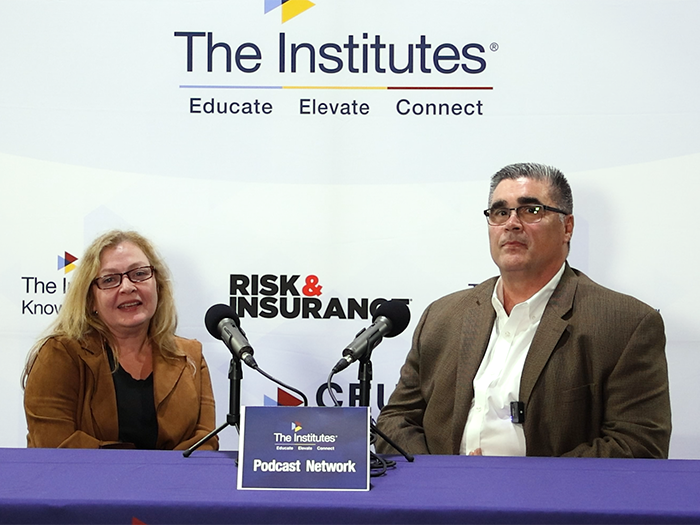Gallagher’s John Marchisi on How to Avoid Unfunded SPAC Liabilities with Careful Planning

Risk & Insurance® sat down with John Marchisi, national director, SPAC segment, financial practice at Gallagher to discuss the recent surge of special purpose acquisition company (SPAC) usage and what risks need to be top of mind for professionals.
Risk & Insurance: Why has there been such a big boom in the use of SPACs?
John Marchisi: The SPAC is a vehicle used as an alternative pathway to public markets. As such, capital market conditions have been favorable, and have combined with the current structure being the most sound it has ever been. Additionally, the viewpoint on both sides of the transaction has been de-risked in many ways, from the perspective of the capital markets, operators and targets.
R&I: Why is the coverage needed for SPACs so complex?
JM: It is due to the complexity of public company directors and officers insurance combined with and influenced by transactional risk and liability.
R&I: What kind of questions do companies need to ask when setting up a SPAC?
JM: Sponsor groups need to inform themselves of the potential exposure to liability, the adverse scenarios they will be facing and the costs associated with transferring those risks in order to avoid the potential for an unfunded liability.
R&I: Why is it so important to work with an expert who understands a SPAC’s lifecycle?
JM: When I wrote the initial Lifecycle of a SPAC white paper in 2018 (which has since been updated) I titled and designed the process to leverage risk management and insurance throughout the entire life cycle.
The perspective was a first mover and created an advantage for teams in the market place, as SPACs were being treated as a non-operational risk due to the lack of understanding on the insurance broking side.
You need to truly understand the nuances of the program structure in order to optimize your premium experience on the front end and to augment your success in bringing a deal to completion. Beyond that, it takes a tremendous amount of recognition and market clout with insurers at this point in order to get deals done and the insurers are furthering a flight to quality.
R&I: What are the biggest challenges and opportunities for SPAC owners?
JM: The opportunity for SPAC operators is to combine with a quality, public-ready company where they can partner management in order further capitalize, mature, and grow the model. There are several challenges, many of which are dynamic and influenced by market conditions, in addition to the need to build consensus and long-term market support.
R&I: What is the real threat of D&O and cyber-related risks for SPAC owners?
JM: SPAC operators are exposed to the potential for both regulatory scrutiny and allegations being brought against them for which they would seek indemnification or require indemnification for. D&O indemnification insurance provides assurance to the insured persons of the SPAC for alleged wrongful acts which have occurred during the SPAC period.
Most allegations involve and surround the combination proxy filing, asserting claims for alleged violations of federal securities laws, or lawsuits which seek damages under the common law for breach of fiduciary duty and for other common law violation breaches of fiduciary duty.
The issue currently is that in response to the excessive rate environment, several options have been brought to market by insurance brokers which fail to contemplate complaints which are brought against SPAC insured persons prior to combination closing.
The coverage program designs are materially deficient in both insuring agreements and/or limits of insurance which would be available to respond as a result, so it is critical that teams are accurately apprised of these issues when making their purchasing decisions.
With regard to cyber, I am proud of the fact that the 2018 white paper brought cyber-related risk awareness to the SPAC ecosystem for the first time. Cyber-related risk is still something that is rarely being addressed with SPAC teams by the insurance broking community, which is a result of a lack of understanding of what a SPAC is at its core.
A quick example is the third-party liability which a SPAC would face as a result of a cyber-incident.
The information which a SPAC collects during its due diligence process is inextricably linked to a third-part. This information is non-public material and potentially market-moving information of high value and is therefore highly attractive to cyber criminals and bad actors.
SPACs are the weakest link in the cybersecurity communication chain, and that will always be the issue and is expressly what I look to prepare my teams for.
R&I: What is the future for SPACs?
JM: The SPAC will continue to evolve to meet the challenges to momentum and utilization, deal flow will normalize through a natural selection the product itself and sentiment toward the solution being healthier for it. &










